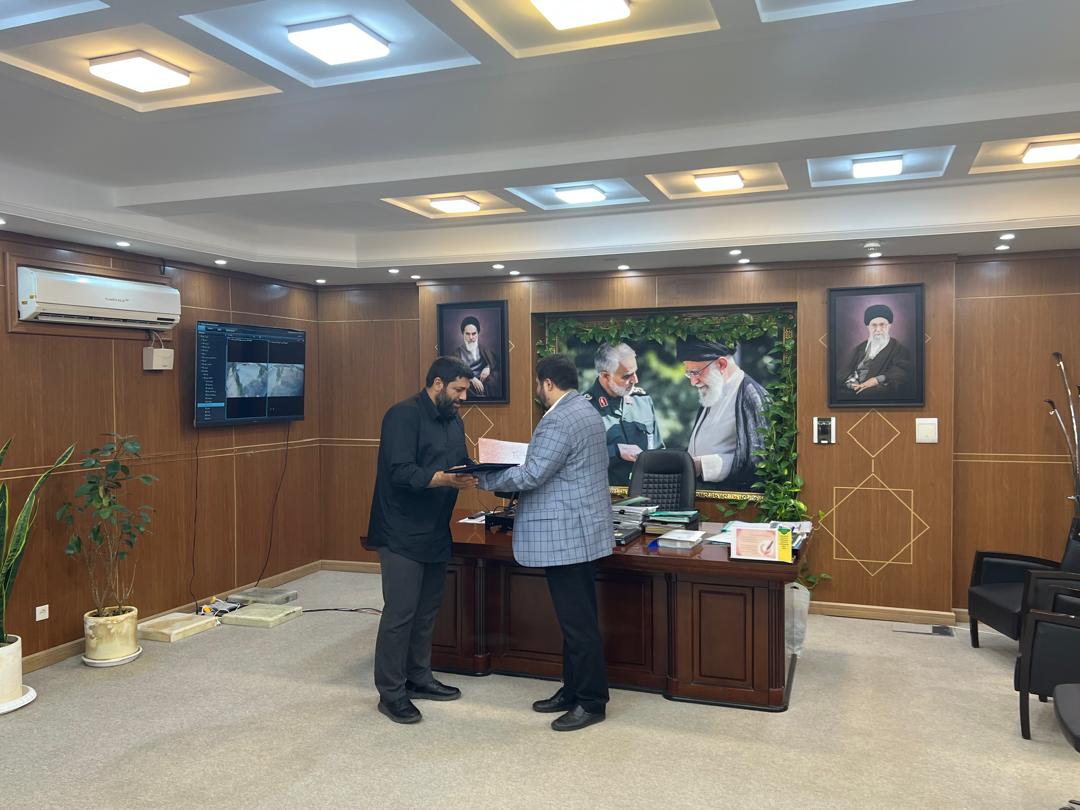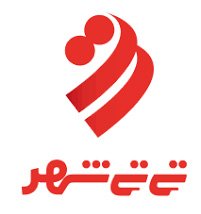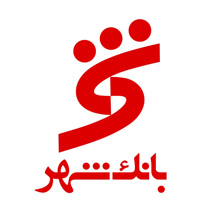Health Tourism Where Healing Meets Travel Experience
Health Tourism, or medical tourism, is an emerging and rapidly growing branch of the global tourism industry. It involves traveling abroad to receive medical, preventive, or wellness services. This type of tourism offers a unique opportunity for individuals to access high-quality healthcare while also enjoying the natural, cultural, and hospitality attractions of the destination country.
Definition of Health Tourism
Health tourism generally involves traveling for purposes such as medical treatment, surgery, physical or mental well-being enhancement, and accessing services like full check-ups, dental care, cosmetic surgery, physiotherapy, and even psychotherapy. Often, these trips are motivated by the desire to reduce treatment costs, gain access to advanced technologies, shorten waiting times, or simply combine healthcare with the calming presence of nature.
This type of tourism can be categorized into three main types:
-
Medical Tourism:
Traveling to receive surgeries or specialized treatment for specific illnesses at reputable medical centers. -
Wellness Tourism:
Travel focused on improving quality of life through activities such as exercise, nutrition, massage, meditation, yoga, and traditional therapies. -
Preventive Tourism:
Includes periodic check-ups, comprehensive health screenings, and expert consultations aimed at preventing diseases.

Benefits of Health Tourism for Patients
In recent years, many patients from developed countries have traveled to destinations with strong medical infrastructure but significantly lower costs. This trend has been especially prominent in areas such as dentistry, cosmetic surgery, infertility treatment, orthopedics, and ophthalmology.
Key benefits of health tourism for patients include:
-
Significant cost reduction compared to treatment in the home country
-
Faster access to appointments, avoiding long waiting lists in advanced healthcare systems
-
Combining treatment with travel, enjoying leisure and tourism activities during recovery
-
Comprehensive care packages covering accommodation, transfers, interpreters, medical consultations, and post-treatment support
Iran: An Emerging Destination for Health Tourism
With its strong medical infrastructure, skilled specialists, advanced equipment, and affordable costs, Iran has recently become one of the key health tourism destinations in the region.
Some of Iran’s competitive advantages in this field include:
-
Highly specialized physicians with international experience in fields such as cardiology, infertility, neurology, and complex surgeries
-
Well-equipped hospitals and a high-quality private healthcare sector
-
Lower treatment costs compared to European countries, Turkey, Gulf nations, and even India
-
Attractive natural and cultural sites ideal for post-treatment recovery and relaxation
Cities like Tehran, Mashhad, Shiraz, Isfahan, and Tabriz are leading hubs for health tourism in Iran, drawing patients from countries such as Iraq, Afghanistan, the Gulf states, Azerbaijan, and even parts of Europe—playing a vital role in the economic growth of the country’s healthcare sector.

Challenges and Requirements for Developing Health Tourism
Despite the vast potential of health tourism, sustainable development in this industry requires infrastructure that goes beyond the medical sector. Key challenges and needs include:
-
Regulation and Oversight of intermediaries and medical tour operators
-
Recruitment and Training of specialized personnel in medical tourism, such as medical interpreters, treatment advisors, and health service managers
-
Facilitating Medical Visa Issuance and stay permits for patients and their companions
-
Clear and Transparent Information on services, pricing, physicians’ credentials, and healthcare facilities
Additionally, establishing communication channels between patients and doctors before travel, offering online consultation and support services, and ensuring the quality of care from arrival to departure are crucial factors for enhancing foreign patient satisfaction.
Conclusion
Health tourism is a dynamic and promising industry that, with strategic planning, can become a significant source of national revenue. Countries that adhere to international standards in healthcare, accommodation, and tourism services will gain a competitive edge in this growing global market.
Ultimately, what defines success in health tourism is the ability to combine trust, quality, and a safe, comfortable experience for the patient—an approach already embraced by many professional health tourism companies in Iran today.







